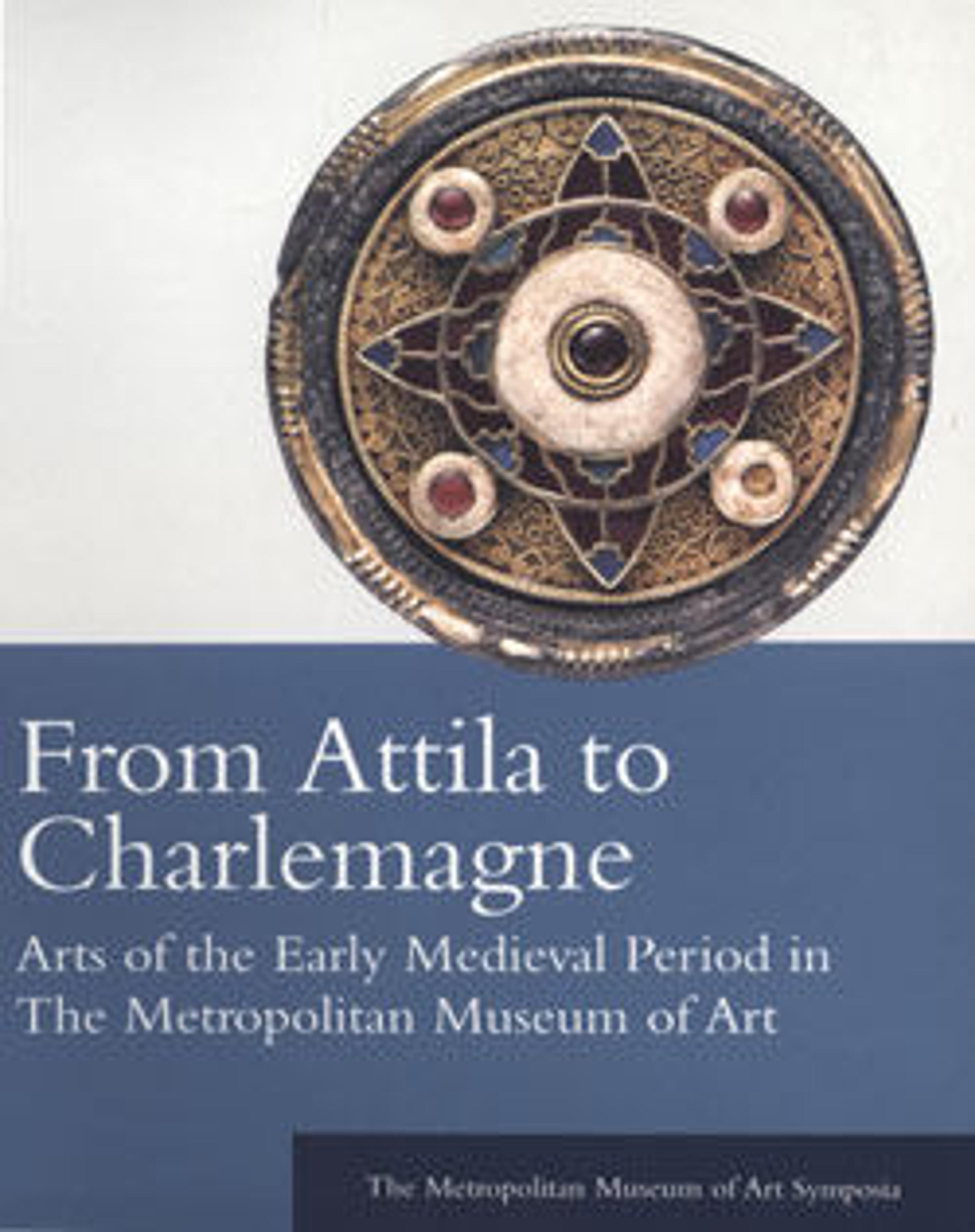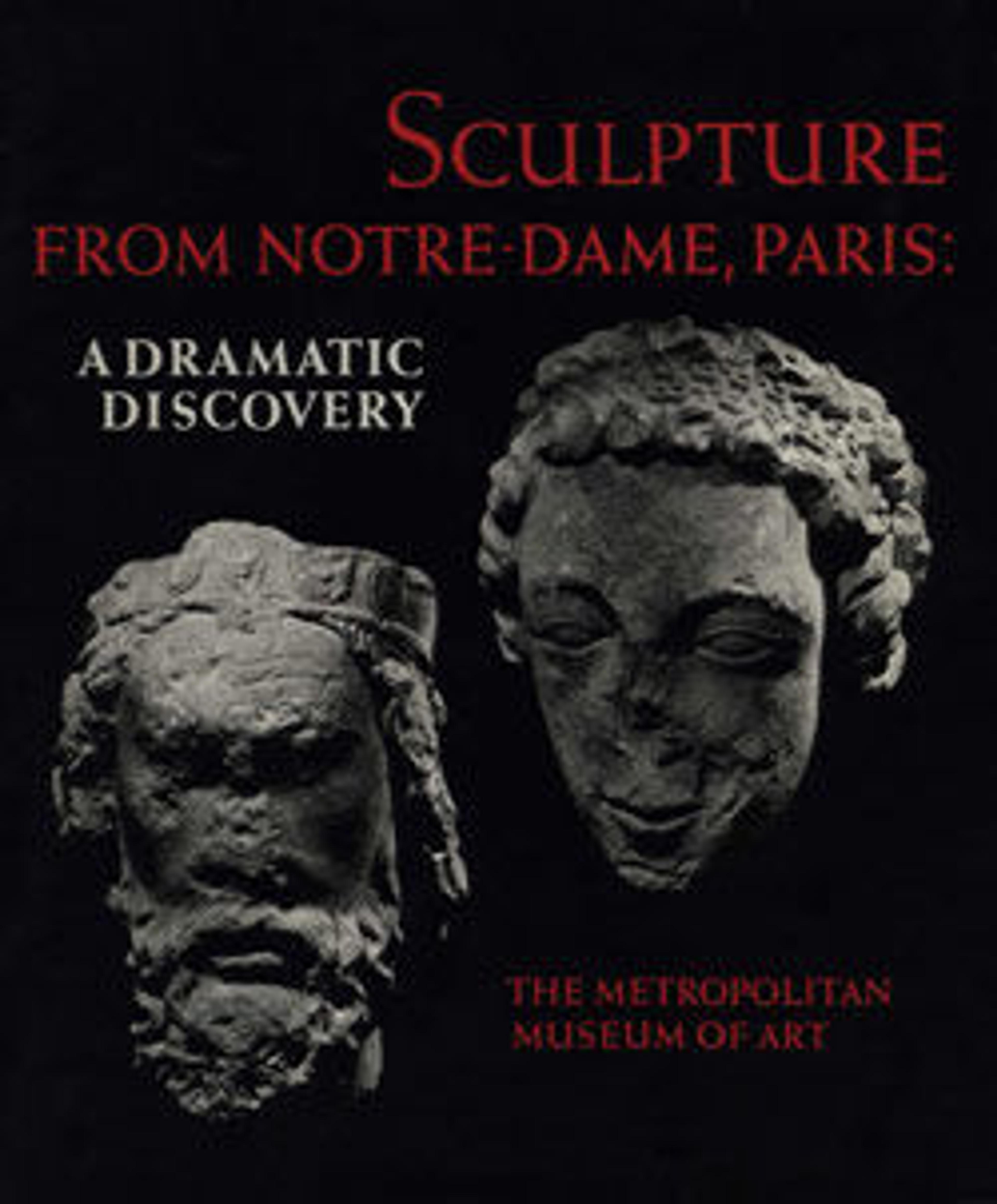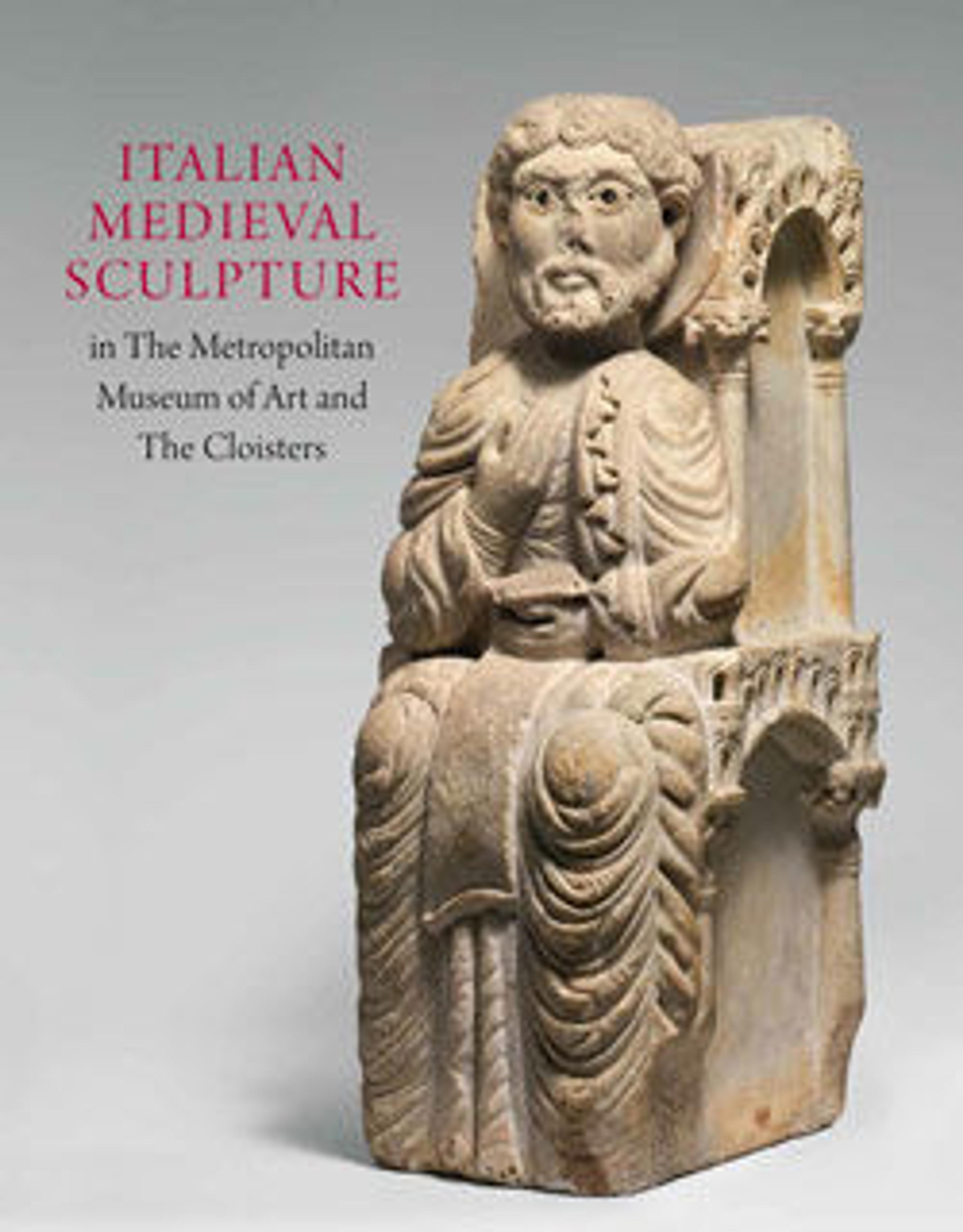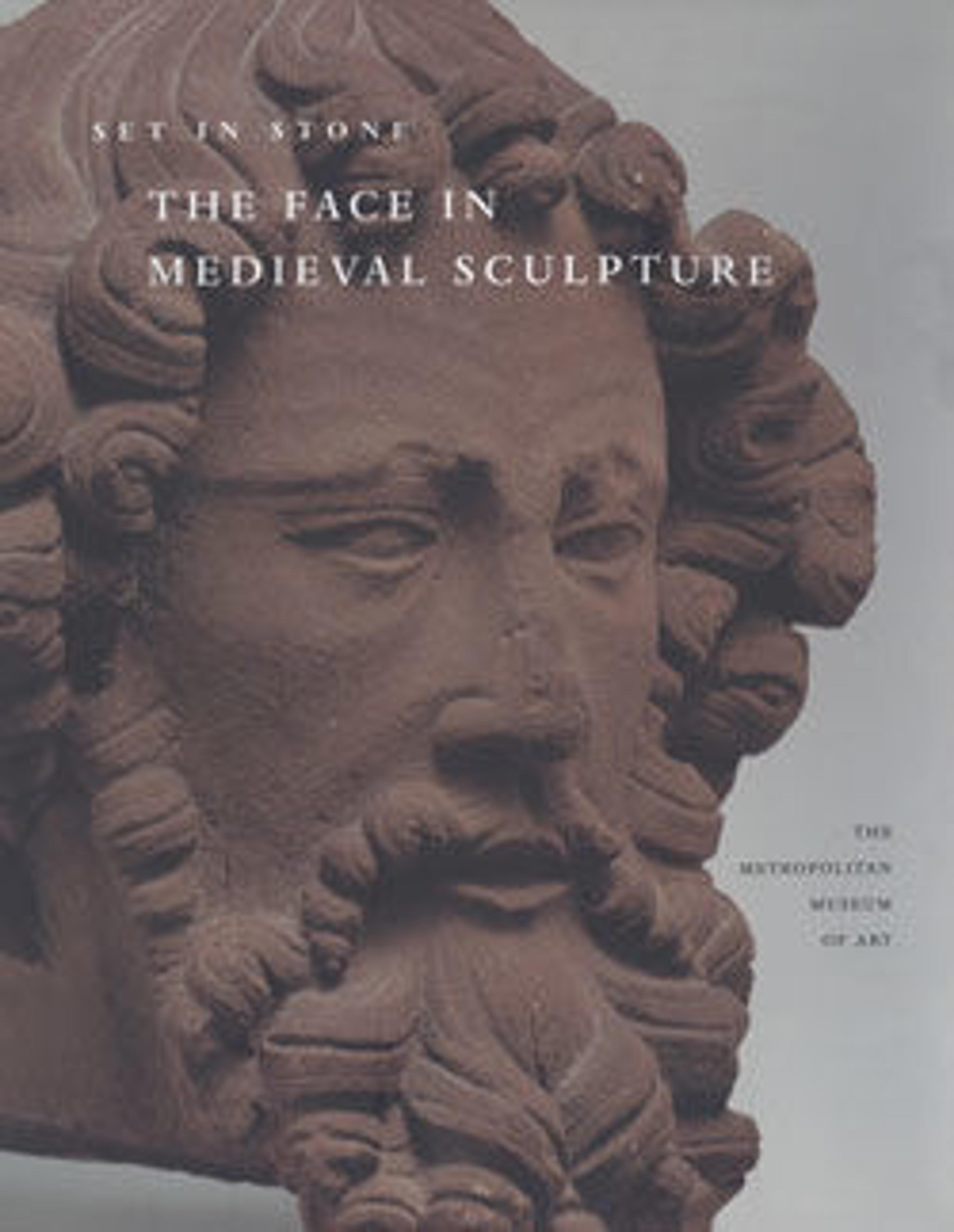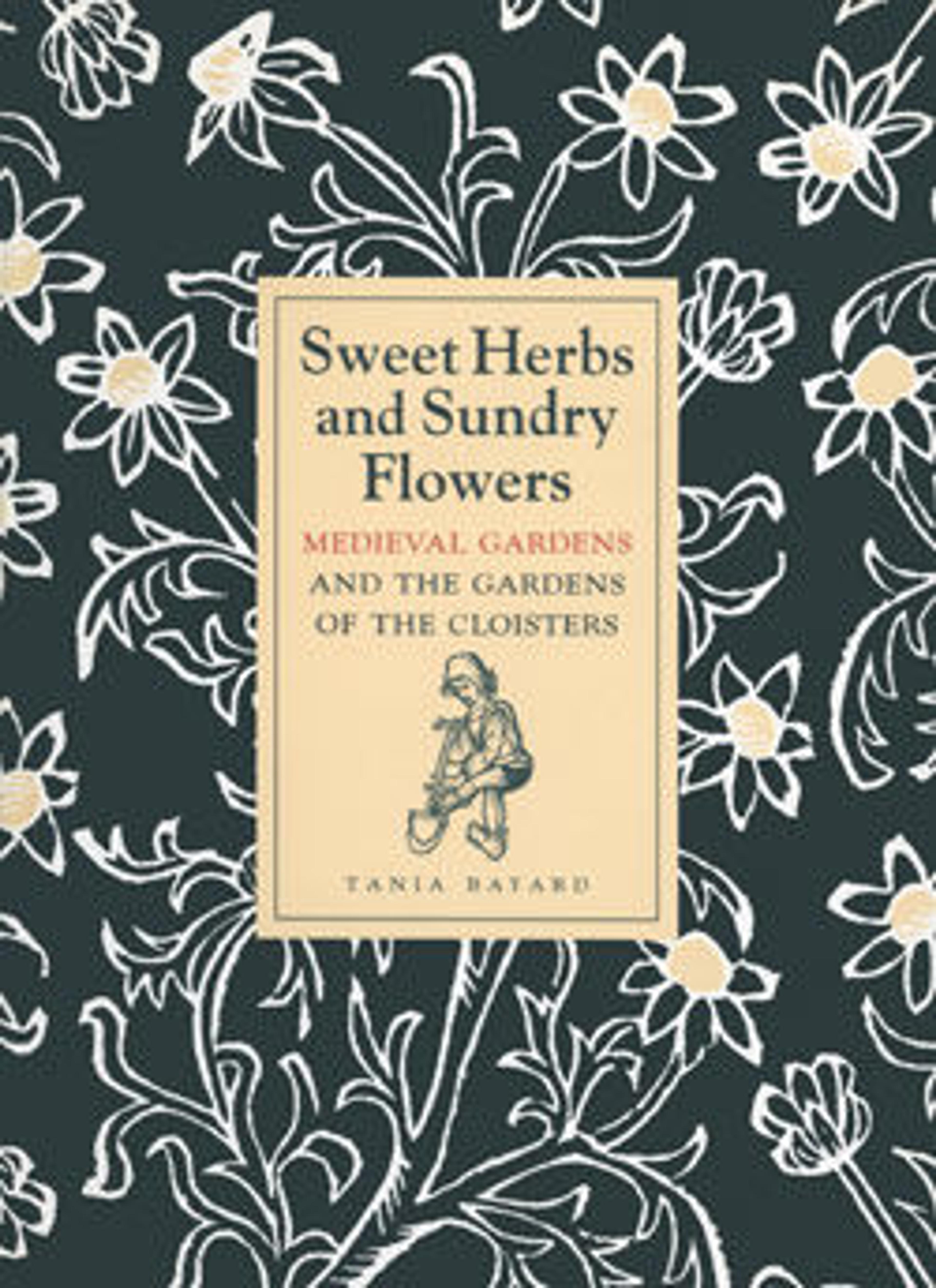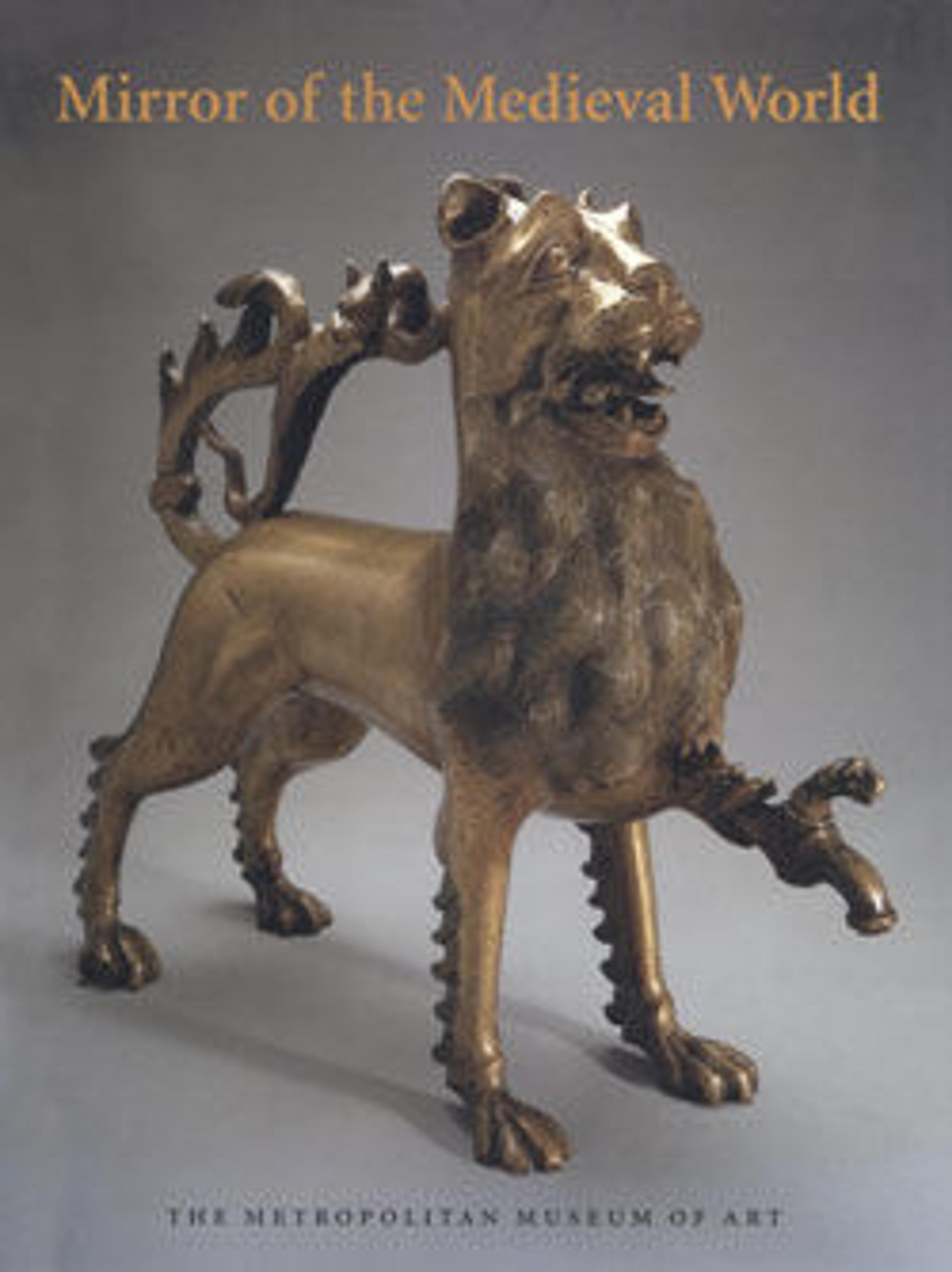
Mirror of the Medieval World
The years 1978 and 1979 were auspicious ones for The Metropolitan Museum of Art: Philippe de Montebello became its Director and William D. Wixom its Chairman of the Department of Medieval Art and The Cloisters. By then, the Museum's two collections of medieval art jointly encompassed outstanding examples of metalwork, illuminated manuscripts, stained-glass panels, limestone and wood sculptures, textiles, and jewelry (both secular and religious), these items dating from the second century B.C. until well into the sixteenth century. During the ensuing years, under the keen eye and connoisseurship of the chairman and his curatorial staff, and supported enthusiastically by the new administration, the department's holdings grew considerably.
Highlighted in these pages—and in an accompanying exhibition that allows the public to savor many of the works at first hand—are more than 300 purchases and gifts. Although a great majority of the objects have been on view and have figured in various Metropolitan Museum publications over the last two decades, many works have remained unpublished until now. Following a Foreword by the Director, the Introduction by William D. Wixom provides an overview of the enrichment of the collections under his stewardship. The reader then discovers how lacunae were filled, as highly significant examples of the art of the Middle Ages took their place among others with equally impressive provenances.
The catalogue entries, which focus on more than 200 of the most important objects arranged chronologically by type and date, were written by present as well as former curators in the Department of Medieval Art, all recognized as experts in a particular period or field. Large color illustrations of the works, often shown in multiple views, accompany extensive documentation, including provenances, former collection and exhibition histories, notes, and bibliographic references. The book concludes with a Selected Bibliography and an Index. For those unaware of the richness and quality of the medieval treasures available for edification and enjoyment in New York's foremost museum, this volume offers an exciting introduction; for students and scholars of medieval art, it presents the opportunity to take an armchair tour of old favorites encountered on past visits to the Metropolitan's galleries and to become acquainted with the many splendid additions.
Met Art in Publication
You May Also Like
Press the down key to skip to the last item.
